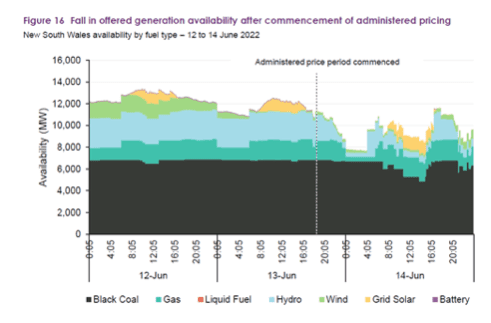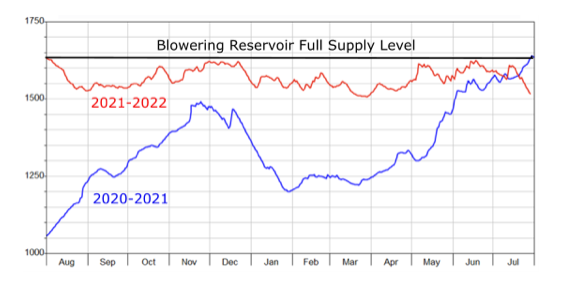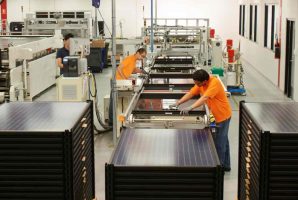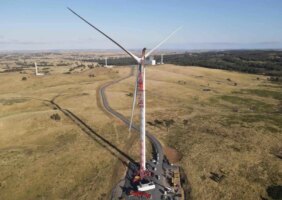AEMO’s Quarterly Energy Dynamics Q2 2022 Report provides a detailed insight of the many factors that contributed to the recent electricity supply crisis.
The circumstances were unprecedented, as were the actions of some market participants.
The report draws attention to Snowy Hydro’s conduct, particularly in withdrawing hydro capacity when the administered price cap was imposed on 13 June, leaving the National Electricity Market unmanageable and forcing AEMO to suspend it for the first time since its establishment in 1998 (others have already expounded on this issue).
Figure 16 in the Report shows that hydro availability (represented in blue) dropped by about 2,000 MW for most of the day after the price cap commenced.
It will be interesting to read the Australian Energy Regulator’s investigation into the incident (reported here).
We also note Snowy Hydro’s defiance of AEMO’s notices to market participants to cease purchasing gas to preserve Victorian supplies, and AEMO’s subsequent activation of the Gas Supply Guarantee mechanism on 19 July, mandating no gas usage by Victorian generators (potentially till the end of September).
In this article we wish to focus on another Snowy issue that exacerbated the crisis, but in this case over which Snowy Hydro had minimal control, and to draw out the implications for Snowy 2.0.
The AEMO report reveals that the operation of Tumut 3 Pumped Hydro Station was constrained during the crisis due to a downstream flow limit when Blowering Reservoir is full. This little known limitation applies to all three Tumut power stations during wet periods, and will also apply to Snowy 2.0.
The flow limitation is specified in the Snowy Water Licence to mitigate flooding of the Tumut River downstream of Blowering Reservoir to no more than what the flow would have been had the Snowy Scheme not existed.
Blowering Reservoir has been near full (1,630 GL) over the past 14 months, due to above-average rainfall, as shown in the WaterNSW graph below. Snowy Hydro issued a flooding risk alert on 3 June which the ABC reported on.
When the Tumut Region of the Snowy Scheme is bottled up in this way it results in severe constraints for generation from Tumut 1 (330 MW), Tumut 2 (290 MW) and Tumut 3 (1,800 MW).
Had the Tumut power stations not been so constrained during the crisis they could have provided substantially more energy to the NEM. And, ironically, Snowy Hydro could have extracted even greater windfall profits.
Snowy 2.0 will be subject to the same flow limitation as the Tumut power stations – its lower reservoir (Talbingo) is also the upper reservoir for Tumut 3.
During wet periods, Snowy 2.0 will only be able to generate a fraction, and sometimes none, of the potential energy stored in its upper reservoir (Tantangara). As demonstrated by this current wet period, of over a year and not yet finished, such operational constraints can apply for a long time.
This flow limit is one of many operational impediments to Snowy 2.0 ever being capable of generating flat out (2,000 MW) for a claimed 175 hours (seven days), and thereby delivering its much touted 350 GWh of long duration storage capacity.
We have commented previously on the overstated storage capacity of Snowy 2.0, not just during wet periods (here and here).
For example, if the upper reservoir (Tantangara) were full (and that’s not often), Talbingo can only accommodate two-thirds of Tantangara’s water (assuming it was empty, which is also not often) – excess water is ‘lost’ downstream and cannot be re-used in the Snowy 2.0 pumping/ generation cycle. Also, ‘sharing’ of Talbingo Reservoir with Tumut 3 affects the operational capability of both stations.
We contend that the practical storage capacity of Snowy 2.0 is less than half its claimed theoretical nameplate rating (“350 GWh’), and down to zero in wet periods.
We don’t expect Snowy Hydro will stop touting Snowy 2.0 as having ‘350 GWh of long duration storage, able to power 3,000,000 homes for a week’, ostensibly at any time.
But we do urge the government, energy participants and AEMO to not continue to blindly accept this false claim.
We also call on AEMO to amend its ISP market model to account for the practical constraints of Snowy 2.0’s operation, and to ensure Snowy 2.0 is correctly modelled in AEMO’s regulatory investment test applications.












